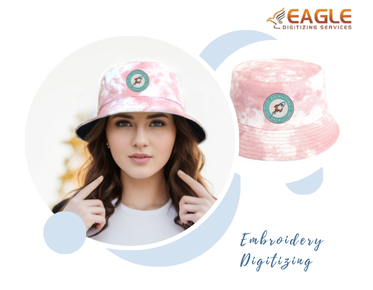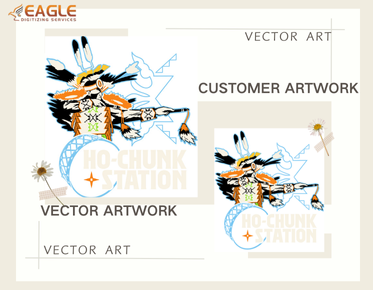How to Select Standard Placement for Embroidery on Shirts
Embroidery on shirts is a popular way to add a personal touch or brand identity to apparel. Whether you're customizing shirts for a corporate event, a sports team, or personal use, understanding the standard placement for embroidery is crucial to achieving a professional look. In this guide, we'll explore the best practices for selecting embroidery placement on shirts, ensuring your designs are both aesthetically pleasing and functional.
Understanding Standard Embroidery Placements
When it comes to embroidery on shirts, there are several standard placements that are commonly used. These include the left chest, right chest, center chest, and back. Each placement has its own unique advantages and is suitable for different types of designs and purposes.
Left Chest Placement
The left chest placement is perhaps the most popular choice for embroidery on shirts. This area is ideal for logos and small designs, making it perfect for corporate branding or team uniforms. The left chest is easily visible and provides a subtle yet effective way to display a logo or emblem. Eagle Digitizing offers specialized services for left chest logo digitizing, ensuring that your designs are accurately represented and professionally executed.
Right Chest Placement
While less common than the left chest, the right chest placement can be used for additional logos or text. This placement is often used in conjunction with the left chest to create a balanced look, especially in uniforms where multiple logos are required.
Center Chest Placement
The center chest placement is ideal for larger designs or statements. This area provides ample space for creative designs and is often used for promotional shirts or event apparel. It's important to ensure that the design is centered and proportionate to the shirt size to maintain a professional appearance.
Back Placement
Embroidery on the back of a shirt is typically used for larger designs or text, such as team names or event details. This placement is highly visible and can make a bold statement. However, it's crucial to consider the weight of the embroidery, as large designs can affect the comfort and drape of the shirt.
Factors to Consider When Choosing Placement
When selecting the placement for embroidery on shirts, several factors should be considered to ensure the best outcome. These include the purpose of the shirt, the size and complexity of the design, and the type of fabric being used.
Purpose of the Shirt
The intended use of the shirt can greatly influence the placement of embroidery. For corporate shirts, a left chest logo is often preferred for its professional appearance. For casual or promotional shirts, a center chest or back placement may be more appropriate to make a statement.
Design Size and Complexity
The size and complexity of the design should also be taken into account. Smaller, simpler designs are well-suited for the left or right chest, while larger, more intricate designs may require the space provided by the center chest or back. It's important to ensure that the design is scaled appropriately to avoid distortion or loss of detail.
Fabric Type
The type of fabric used for the shirt can impact the placement and execution of embroidery. Thicker fabrics, such as polo shirts, can support larger designs without sagging, while lighter fabrics may require smaller, lighter designs to maintain their shape. Embroidery digitizing services can help optimize designs for different fabric types, ensuring a high-quality finish.
Tips for Successful Embroidery Placement
To achieve the best results with embroidery on shirts, consider the following tips:
- Test the Placement: Before finalizing the design, test the placement on a sample shirt to ensure it looks as expected. This can help identify any adjustments needed for size or positioning.
- Consider the Wearer's Comfort: Ensure that the embroidery does not interfere with the wearer's comfort, especially for large designs on the back. The weight and texture of the embroidery should not cause discomfort or restrict movement.
- Use Professional Services: Working with a professional embroidery digitizing service, such as Eagle Digitizing, can ensure that your designs are accurately digitized and executed. Their expertise in embroidery digitization can help minimize thread breakage and ensure smooth sew-outs.
Future Trends in Embroidery Placement
As fashion and technology continue to evolve, so too do the trends in embroidery placement. With advancements in embroidery machines and digitizing software, designers have more flexibility and creativity in their placement choices. We can expect to see more innovative uses of embroidery, such as asymmetrical designs and unconventional placements, becoming popular in the future.
By understanding the standard placements and considering the factors outlined in this guide, you can make informed decisions about embroidery placement on shirts. Whether you're looking to create a professional corporate look or a bold promotional statement, the right placement can enhance the overall impact of your design.



